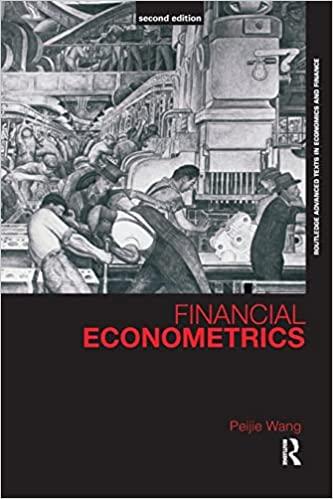
Peter derives utility from his total wealth (W). His utility function can be represented as: U(W) 10 1000 W In his bank account, Peter has 10,000 and he plans to invest all his money in share A or share B for one year. The current price of both shares is 90. The distribution of the end of year prices and the dividend payments for both shares are given in the table below. Economic state 1 2 Probability 70% 30% A Dividend 10 4 Price 110 B Dividend 4 6 Price 86 95 84 a) Calculate the return from investing in shares A and B for each economic state. (5 marks) b) Calculate the expected return from investing in shares A and B. c) (5 marks) Calculate Peter's end of year wealth and end of year utility by investing in shares A and B for each economic state. (5 marks) d) Calculate Peter's expected utility from investing in shares A and B. (5 marks) e) Which share will he choose to invest? Explain. f) (5 marks) A week after Peter invests his money he realises that his utility function 1000 actually has the form U(W) = 250 - To his comfort, no penalty will be applied if he decides to buy or sell shares. Is there any need for him to reconstruct portfolio based on his updated utility function? Explain briefly BI W Peter derives utility from his total wealth (W). His utility function can be represented as: U(W) 10 1000 W In his bank account, Peter has 10,000 and he plans to invest all his money in share A or share B for one year. The current price of both shares is 90. The distribution of the end of year prices and the dividend payments for both shares are given in the table below. Economic state 1 2 Probability 70% 30% A Dividend 10 4 Price 110 B Dividend 4 6 Price 86 95 84 a) Calculate the return from investing in shares A and B for each economic state. (5 marks) b) Calculate the expected return from investing in shares A and B. c) (5 marks) Calculate Peter's end of year wealth and end of year utility by investing in shares A and B for each economic state. (5 marks) d) Calculate Peter's expected utility from investing in shares A and B. (5 marks) e) Which share will he choose to invest? Explain. f) (5 marks) A week after Peter invests his money he realises that his utility function 1000 actually has the form U(W) = 250 - To his comfort, no penalty will be applied if he decides to buy or sell shares. Is there any need for him to reconstruct portfolio based on his updated utility function? Explain briefly BI W







